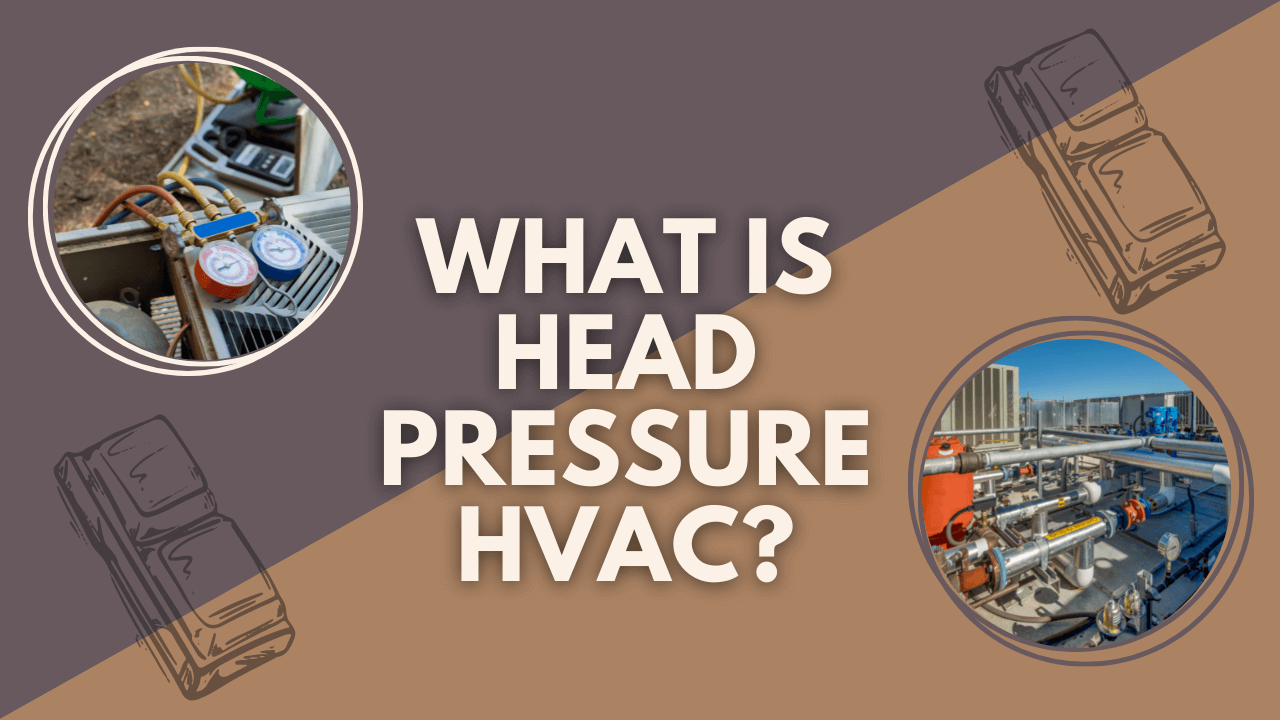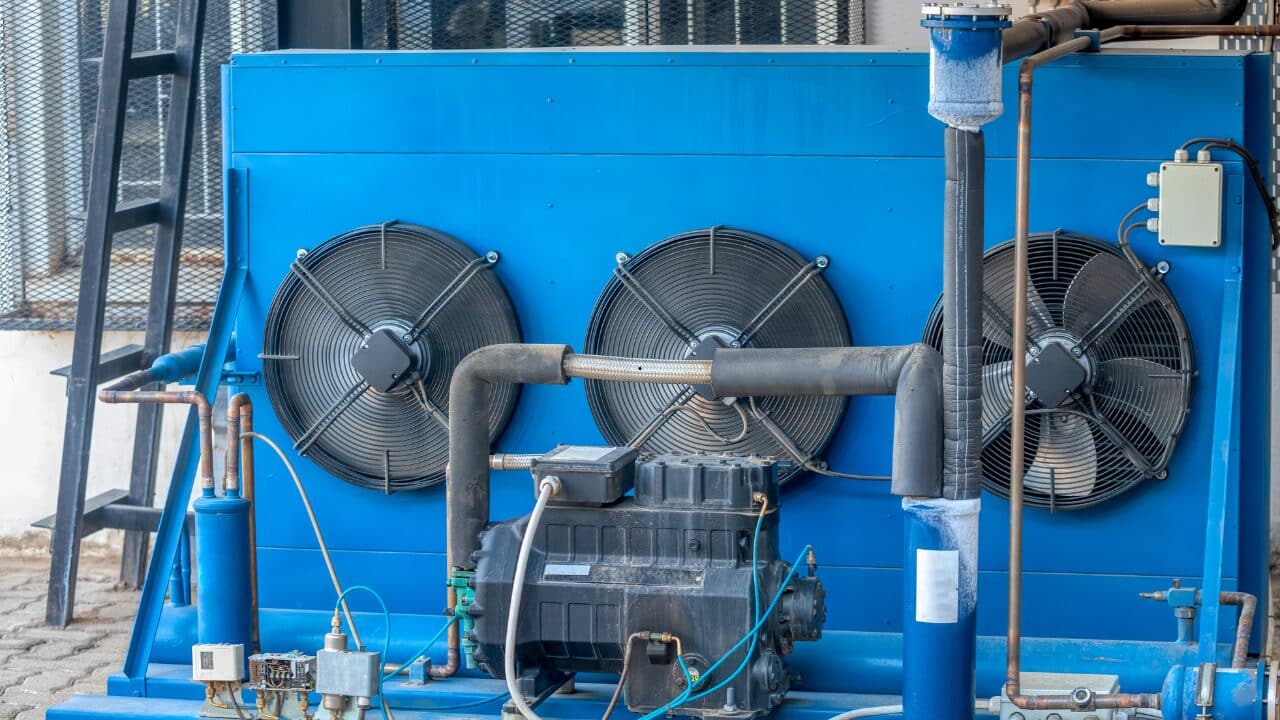The pressure created on the output side of a gas compressor in a refrigeration or air conditioning system is known as discharge pressure. It is also known as high side pressure or head pressure. A refrigerant restriction indicates an extraordinarily high discharge pressure combined with an external suction pressure.
What’s about low refrigerant results in high head pressure? Excess cooling will build up in the condenser, resulting in excessive sub cooling and high head pressures. If the liquid line in a system is restricted, most of the refrigerant will collect in the receiver, with a small amount in the condenser.
In the end, Low sub cooling and head pressure will create.
Table of Contents
A few Considerations To Control The Head pressure
The HVAC equipment is responsible for 50 percent of the total electrical consumption in commercial places every month. Indeed, commercial areas use the HVAC systems at a large scale. There is the potential for conservation measures to have a significant impact on the monthly utility bill.
If you want to lower the electrical consumption cost, you must cut the discharge or head pressure. When the ambient temperature is close to design conditions, the head pressure will be highest during the summer heat. Summer is also the time when the compressor motor works at its peak.
Because refrigeration equipment must operate in shallow ambient outdoor temperatures, so, head pressure control is required. There are several reasons behind the false loading of the condenser. This false loading is the main reason behind the higher head pressure.
Ventilator cycles controls are pressure switches that sensitively control high pressure. These cycles help sense the liquid line temperature that disables the fans when the condensing pressure-temperature falls and reaches the top setting on the Ventilator cycling switch.
Reasons Behind Higher Head Pressure HVAC
Well, fan cycling and head pressure control valves are the main reasons behind the lower and higher head pressure HVAC accordingly.
- Air contamination
- Blocked airflow because of inappropriate cleaning
- Closed temperature sensors
- Inappropriate valves
- Clogged or blocked filter driers
- Contaminations in compressor valves
- Overheating or charging of cooling system
- Clogged debris and contamination on the condensing coils
- Higher outdoor ambient temperature
Fluctuation Of Liquid Line pressure
Another issue with fan cycle controls is that when the fans spin on and off, the head pressure after the receiver changes, changing the refrigerant’s saturation point. As a result of this change, the bubbles and gas flash in the liquid pressure line. The valve’s capacity reduces because of vapor bubbles traveling through the expansion valve orifice.
Because the compressor is a vapor pump, air and water vapor will flow through the evaporator and compressor. The air will remain at its top and not condense until it reaches the condenser. Air and water vapor will occupy important condenser surface areas, resulting in high head pressures.
Use Condenser Flooding Valves
It’s ideal to have steady head pressure throughout periods of low ambient operating. Condenser flooding valves are one way to accomplish modest head pressure. Make sure to add the two valves in more extensive systems.
The part of the condenser that floods with liquid refrigerant are no longer a condenser. Flooding a part of the condenser reduces the condenser’s effective condensing surface and its capacity. When the proper condenser flooding has occurred, the pressure will rise due to the reduced condenser capacity.
Benefits Of Using Condenser Valves
The capacity to supply steady liquid pressure in the receiver during periods of low ambient operation is a benefit of condenser flooding. During the winter months, consistent liquid pressure will result in steady TEV operation.
Unfortunately, this method of head pressure regulation has some disadvantages. Condenser flooding is an essential thing to use for more refrigerant. It may be necessary to fill the condenser during shallow ambient temperatures. However, it requires hundreds of dollars more than your budget, depending on the size of the condenser.
Reduce The Load On HVAC For Compressor Efficiency
It may seem strange for a compressor to run less effectively and at higher discharge temperatures when the load is reduced. However, this is the result when the lowered load is in the form of an underfeeding TEV, and the accompanying high superheats.
The suction vapor temperature entering the compressor will also be warmer due to the high superheat at the evaporator output. As the temperature rises, the refrigerant vapor’s specific volume will increase. Furthermore, raising the suction vapor temperature leads to higher discharge temperatures.
Even for one Degree increase in suction gas temperature, the discharge temperature rises by around 1 degree. While the underfeeding may reduce the compressor load. It will also result in less efficient performance of the HVAC system at higher discharge temperatures.
Final Thoughts
Contamination of air or water in HVAC systems occurs because of technical issues, and faults are the main reasons for the contamination of water. Make sure to include the installation of such components during the repairing of the HVAC system.





